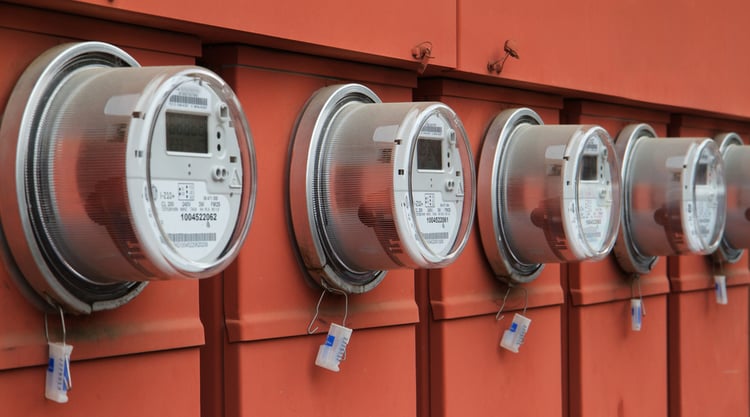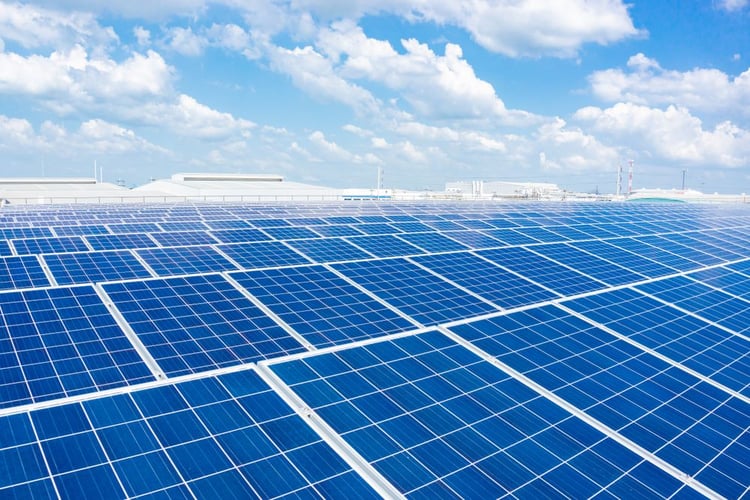How Landlords and Tenants Can Collaborate to Meet Local Law 97

Energy efficiency has always been a challenge in buildings with tenants. Landlords can reduce their power and gas bills by upgrading common areas, but there is less incentive to improve rented spaces where tenants keep the savings. On the other hand, tenants are interested in saving energy, but there is little incentive for them to upgrade a property they don’t own.
When Local Law 97 comes into effect in 2024, there will be a unique challenge for landlords:
- The law applies emission limits for buildings, which consider both common areas and rented spaces. In other words, tenant energy consumption counts towards the limit.
- There will be a penalty of $268 per metric ton of CO2-eq above the limit, and the limit will be reduced in 2030. Building owners who have already met the 2024 limit may face penalties again.
Landlords cannot pass on these penalties to tenants, unless a lease contract allows it directly. However, the story is different for the costs of legal compliance - building upgrades in this case. Landlords will typically increase rent after assuming major costs, as allowed by the terms of lease contracts.
Get an energy efficient MEP design for your building and cut emissions.
In this article, we will discuss some ways landlords and tenants can collaborate to cut building emissions. Both parties benefit when Local Law 97 penalties are avoided, or kept as low as possible.
Submetering Tenant Spaces Accurately

Traditionally, many landlords have distributed energy costs based on the area of tenant spaces. However, this approach is not accurate when a building has tenants with different energy needs. For example, a data center or restaurant will have a much higher energy consumption than a warehouse of the same size - splitting energy costs based on area would not be fair in this case.
Energy submetering provides an accurate picture of how consumption is distributed among tenants. Actually, Local Law 88 of 2009 will make submetering mandatory for many commercial spaces, starting from January 2025.
- Generally, a lease contract will allow some compliance costs to be passed on to tenants.
- In the case of LL97, these costs can be distributed based on energy consumption measurements - not floor area.
Submetering is also useful for tenants, since they know exactly how much energy they are consuming. When tenants get electricity bills based on floor area, there is less incentive to save: inefficient tenants don’t pay the full cost of the energy they use, and efficient tenants are forced to share their savings. However, this issue disappears with submetering.
Using Carbon Offsets for LL97 Compliance
The cost of retrofit projects can vary significantly from building to building, and some upgrades have prohibitive costs. In these cases, purchasing carbon credits from other buildings can be an attractive option for landlords.
Building owners with many properties in their portfolio can trade carbon offsets internally. They can focus on reducing emissions at properties with low retrofit costs, generating their own carbon offsets. These offsets can then be used by buildings that are struggling to cut emissions below the LL97 limit.
Carbon trading is also an incentive for green building projects. Owners can accumulate a large amount of carbon offsets, which can be purchased for buildings that are difficult to decarbonize.
Community Solar Benefits Landlords and Tenants

Thanks to community solar, renters and commercial tenants can reduce their power bills without installing photovoltaic panels directly. They can join a community solar project as shareholders or subscribers, and part of the electricity output is subtracted from their monthly power bills. Community solar is very helpful for landlords trying to meet Local Law 97, for several reasons:
- Both parties benefit - Tenants reduce their power bills, while landlords reduce their building emissions.
- Landlords can also use community solar power to supply electricity for common areas.
- Tenants have access to clean energy, without having to install solar panels on a rented property.
Landlords can also develop their own community solar projects, and the electricity output can be offered to tenants and external consumers. This is an effective way to split the benefits of solar power among building owners and tenants.
Using C-PACE Financing
C-PACE financing (Commercial Property Assessed Clean Energy) offers many features that make it an excellent option for building owners:
- Low interest rates, which can be less than 5%.
- A repayment period of up to 30 years, which is ideal for major energy retrofits.
- The loan is paid with property taxes, and easily transferred to another owner if the building is sold.
When landlords finance building upgrades with short-term loans, they are pressured to increase rent as soon as contracts allow it - this can drive off tenants at the end of their current leases. However, the long repayment period of C-PACE loans makes them easier to handle without a major rent hike.

Michael Tobias
Michael Tobias, the Founding Principal of NY Engineers, currently leads a team of 150+ MEP/FP engineers and has led over 4,000 projects in the US
Join 15,000+ Fellow Architects and Contractors
Get expert engineering tips straight to your inbox. Subscribe to the NY Engineers Blog below.

